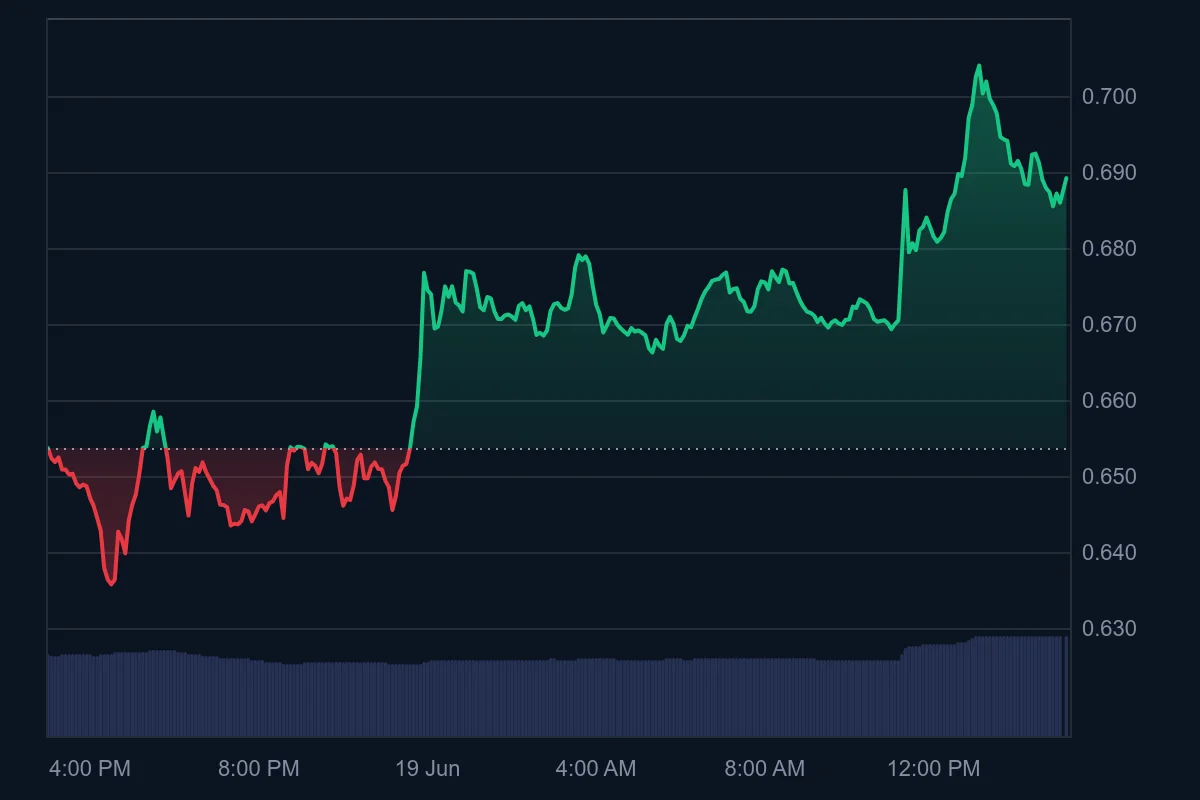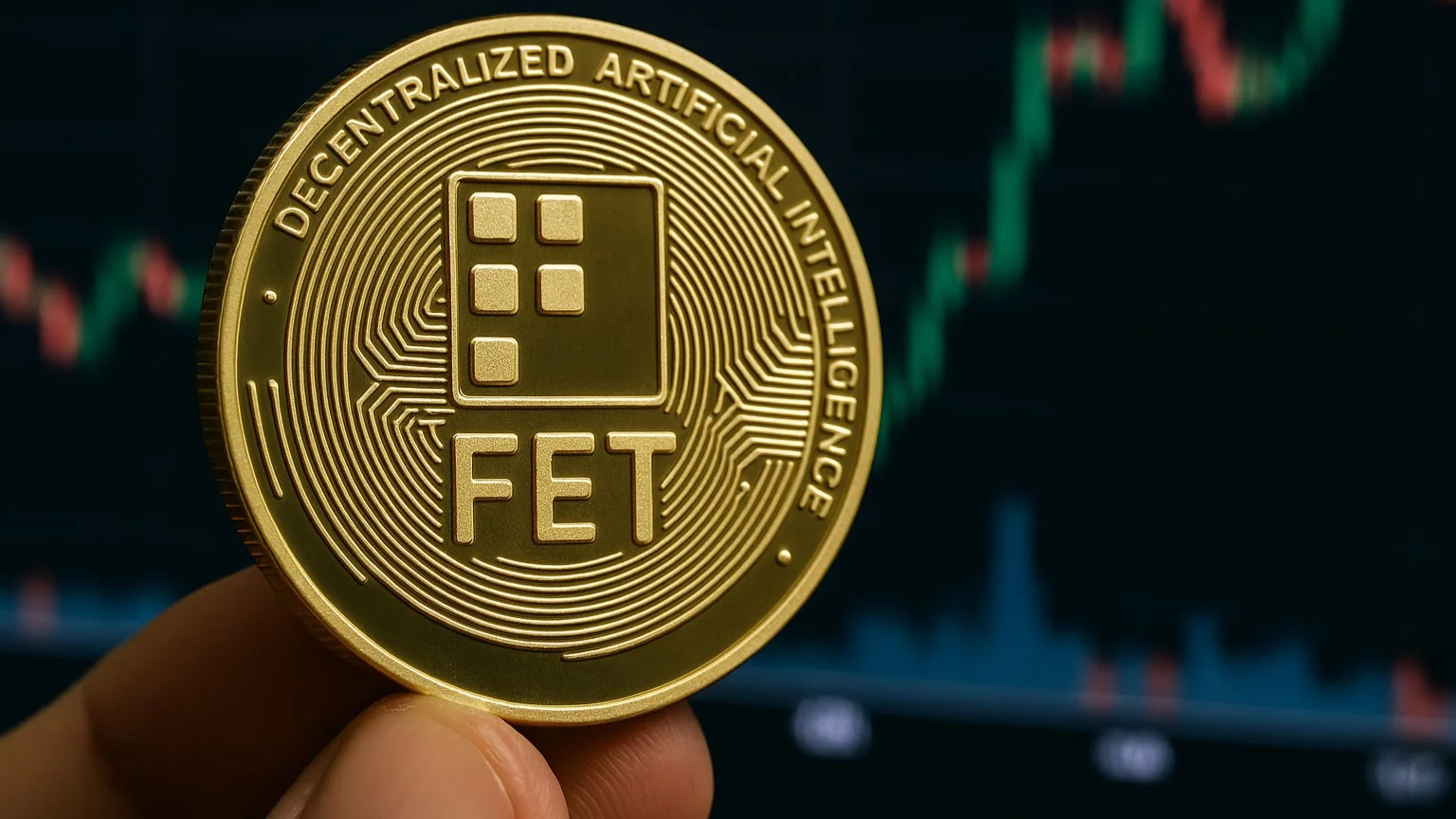Fetch.ai, which sits at the intersection of artificial intelligence and blockchain technologies, has announced plans for a major $50 million buyback for its native token FET. The strategic move, announced by the company’s CEO Humayun Sheikh, aims to “both rebuild investor confidence and increase the value of the token,” according to the statement. This move, along with the increasing adoption of ASI1 and Fetch.ai’s agent-based platform, has drawn attention in the cryptocurrency market.
What does the token buyback mean for FET?
The buyback process, which will be conducted by the Fetch.ai Foundation, will be carried out on different exchanges and with the support of market makers. Company officials state that this process will not only reduce the token supply and create upward pressure on the price, but will also reinforce confidence in the project’s long-term vision. CEO Humayun Sheikh made the following statement on social media:
“With the increasing use of ASI1 and our agent-based platform, we are observing that the utility of FET has increased significantly. Therefore, I think the current value of FET is low. With the support of our market makers, the Fetch.ai Foundation will repurchase a total of $50 million worth of FET tokens from the markets.”
Market reactions and price movements
Market analysts state that such large repurchases usually lead to short-term price increases and increase investor confidence. Indeed, following the news, the FET token gained 4.07% in value in the last 24 hours and was trading at $0.68 at the time of writing. In the last 90 days, FET has seen a 33% increase. The token’s 24-hour trading volume reached approximately $145 million.

Fetch.ai is trying to gain a significant place in the Web3 ecosystem, especially with its autonomous agent technology and AI-powered solutions. In short, Fetch.ai is a blockchain-based platform that allows users to develop AI-powered digital “agents.” These agents can search for information on behalf of a user, automate transactions, or communicate with different services. Everything is decentralized, meaning these agents operate completely under user control without being subject to a specific authority.
Thanks to the tools offered by the platform, users can interact with these agents through both technical and non-technical means. For example, the AI model called ASI-1 Mini can operate with low system resources and can be accessed via mobile. While Fetch.ai brings AI to the Web3 world, it also aims for users to benefit directly from this process.




